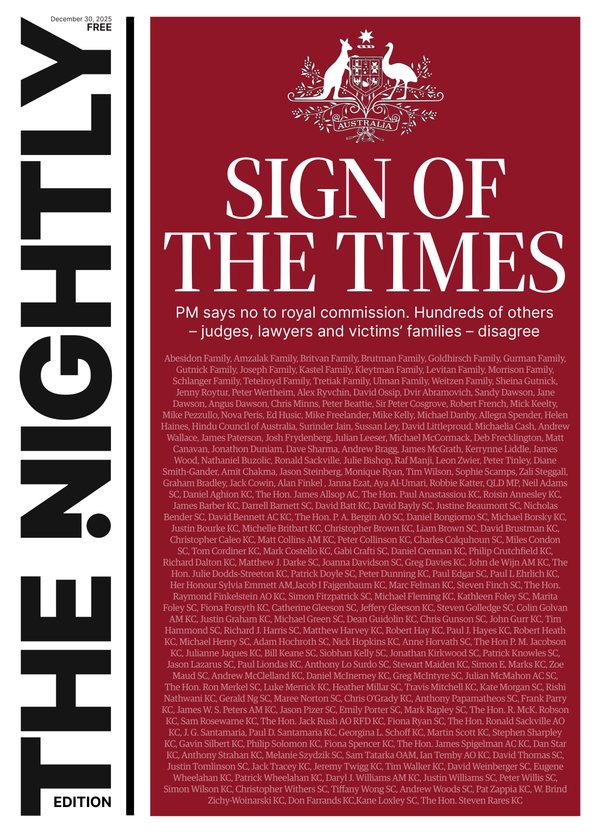EDITORIAL: Big spending Budgets prolong interest rate pain

It’s what any marathon runner will tell you: the last mile is always the hardest.
And in Australia’s fight against inflation, the path is pockmarked with potholes and all uphill.
While central banks in comparable nations such as the US, Canada, UK and New Zealand have all cut interest rates as those economies get a handle on inflation, the Reserve Bank of Australia has kept its cash rate steady at 4.35 per cent since last November.
Sign up to The Nightly's newsletters.
Get the first look at the digital newspaper, curated daily stories and breaking headlines delivered to your inbox.
By continuing you agree to our Terms and Privacy Policy.Underlying inflation has fallen significantly in that time, reaching 3.4 per cent in August, not too far outside the RBA’s target range of between 2 and 3 per cent.
But not enough for the RBA to risk putting more money in Australians’ pockets through easing interest rates.
The bank’s caution set off a fierce political stoush with the Government, with Treasurer Jim Chalmers claiming high interest rates were “smashing” the economy.
Now, analysis from the International Monetary Fund has backed in what RBA governor Michele Bullock has been telling us all along.
Keeping interest rates high does hurt Australians.
But the alternative — letting inflation continue to run without restraint — would be much, much worse.
The problem with inflation is that even when it’s under control, prices continue to rise.
But they’re increasing off a higher base than they otherwise would have, compounding that pain for households. It’s an insidious creep that erodes living standards, makes everything more expensive and leaves you worse off.
And while the impact of high interest rates is predominantly felt by only the portion of Australians to hold a mortgage, the impact of inflation is borne by everyone — including low-income renters who can least afford it.
That’s why getting inflation back to a sustainable level quickly is so important.
Make no mistake, this is a race.
And so-called “cost-of-living relief” from State and Federal governments is slowing us down. The IMF agreed with the RBA’s assessment that subsidies such as household electricity rebates which go to all Australians — instead of those struggling the most — are adding to economic demand and prolonging our inflation battle.
IMF Australia mission boss Lamin Leigh warned the RBA may have to raise interest rates yet again in the even that inflation picks up again. To head off that scenario, governments will need to rein in spending.
“We are very much of the view that (we) need to bring all the policy levers together in a mutually reinforcing way and a very complementary fashion to help inflation back to target,” Mr Leigh said.
In other words, governments need to stop undoing the work of the RBA by pumping money back into the economy through spending and subsidies.
The Government’s strategy has been to keep unemployment low and the economy moving (although at a crawl). That’s understandable. No one wants to see people out of work. But the consequence of this approach has been that the RBA has no choice but to keep interest rates high.
And that finish line remains just out of sight.
Responsibility for the editorial comment is taken by WAN Editor Christopher Dore.
